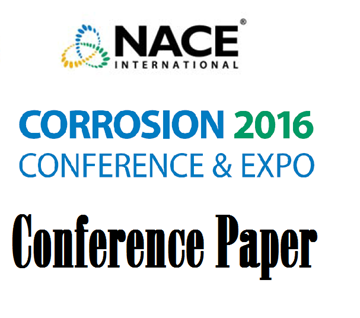Search
51316-7531-An Alternative View of the Cathodic Protection Mechanism on Buried Pipelines
Also Purchased
51312-01347-Would the Real -850mVcse Potential Criterion Please Stand Up
Product Number:
51312-01347-SG
ISBN:
01347 2012 CP
Publication Date:
2012
$20.00
51316-7228-Study of Cathodic Protection in Soils with the Use of Specific Coupons
Product Number:
51316-7228-SG
ISBN:
7228 2016 CP
Publication Date:
2016
$20.00
51316-7393-AC Interference Risk Ranking: Case Study
Product Number:
51316-7393-SG
ISBN:
7393 2016 CP
Publication Date:
2016
$20.00




